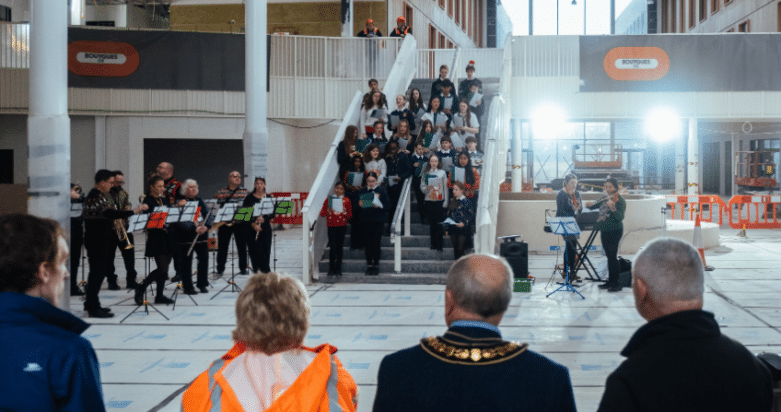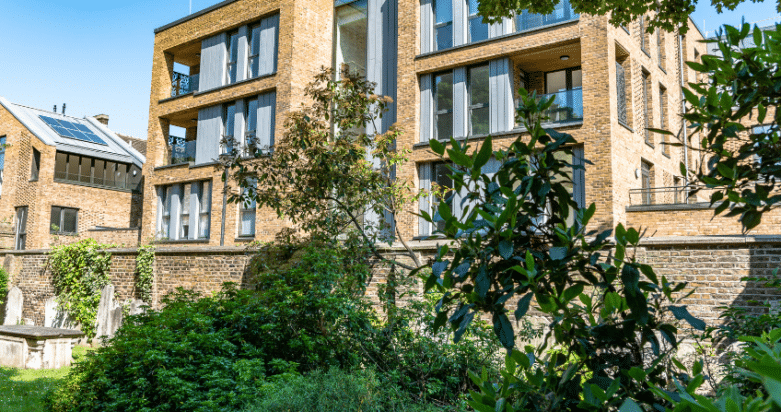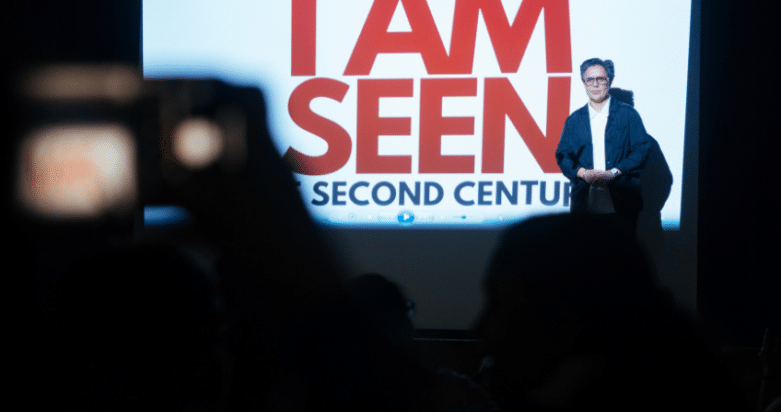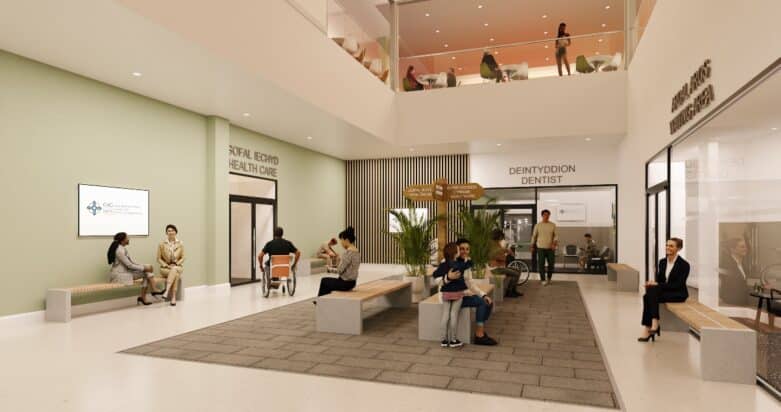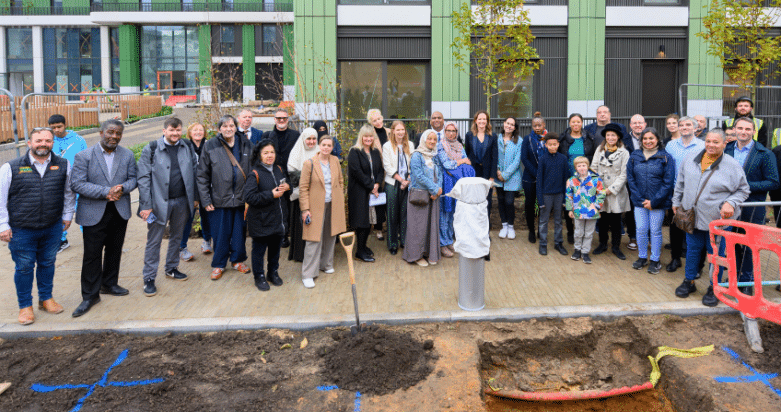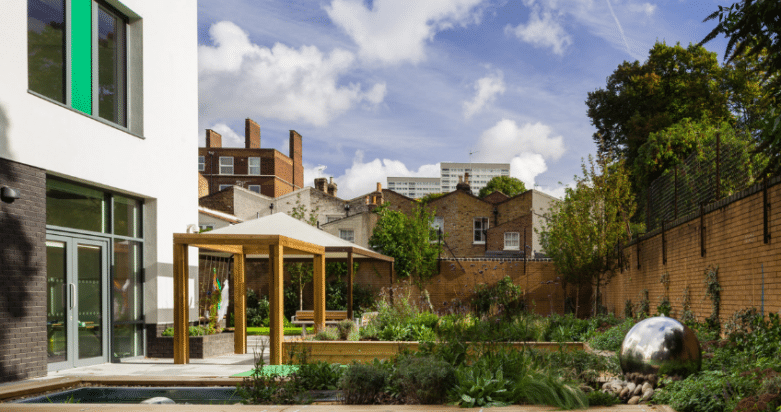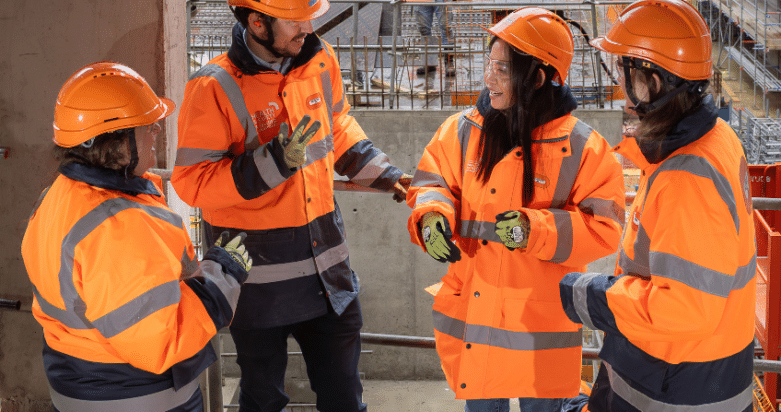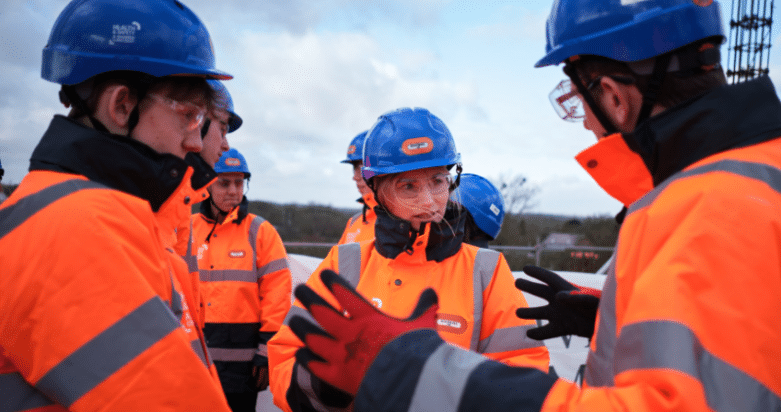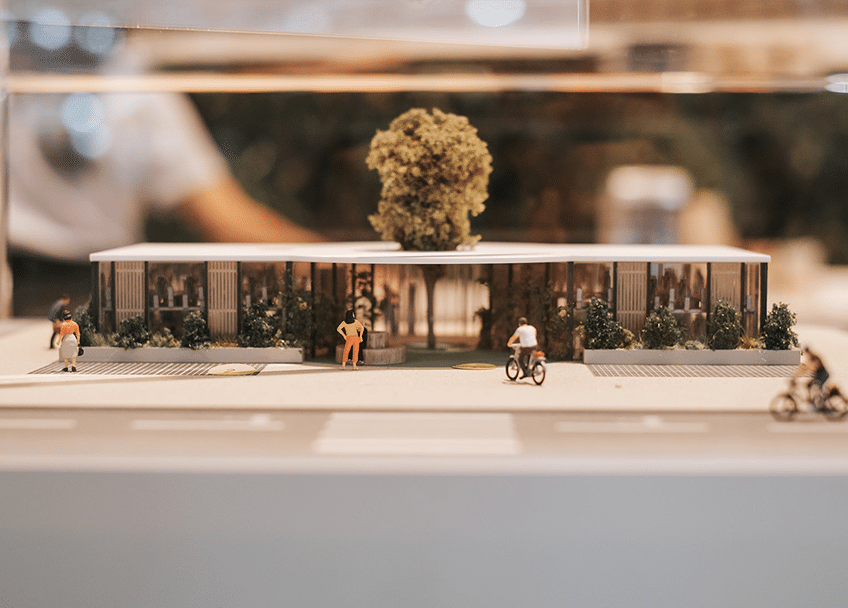
Harnessing AI to Change Our Use of Non-renewable Energy in Construction
Minimizing contributions to climate change by reducing carbon emissions and energy consumption is top of everybody’s agenda but as an industry that still relies heavily on fossil fuels, often the shift towards more renewable energy sources can feel laborious and costly for construction companies.
What if, by adapting our consumption habits through the use of AI, our industry could reduce overall energy usage right from a project’s inception, saving carbon emissions but also money and time?
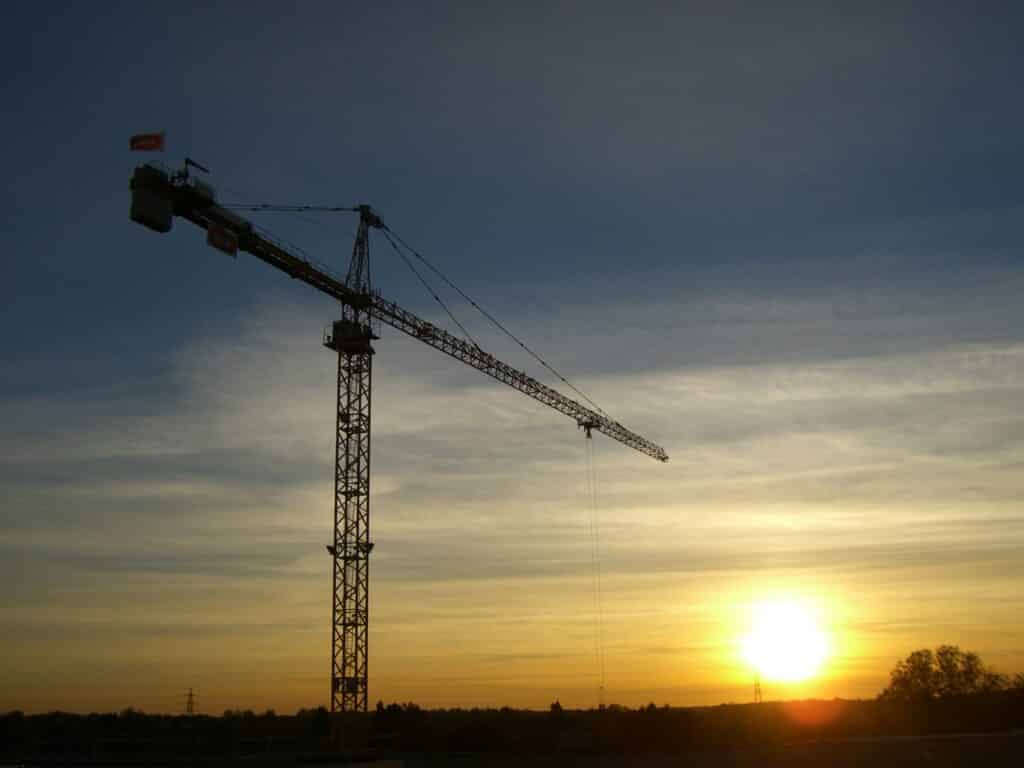
Yes, data and AI is being used across the construction industry, but more can surely be done to harness their power for our benefit and the wellbeing of our planet. Within our sector, there are many use-cases with which AI could assist us all, from energy efficiency through AI-driven design and smart building management to resource optimisation, renewable energy integration and lifecycle energy assessments.
At Bouygues UK, we have a number of smart systems in place across our live construction sites to help us better manage, monitor and improve our energy usage.
All our projects require the use of heavy machinery and equipment on site, all of which demand energy leading us to think harder about how AI could optimise the usage of such energy by analysing project schedules, resource availability, and energy usage data enabling our teams to make informed decisions about equipment deployment, reducing idle time and energy waste. This would not only conserve considerable amounts of energy but would also go far in also enhancing project efficiency.
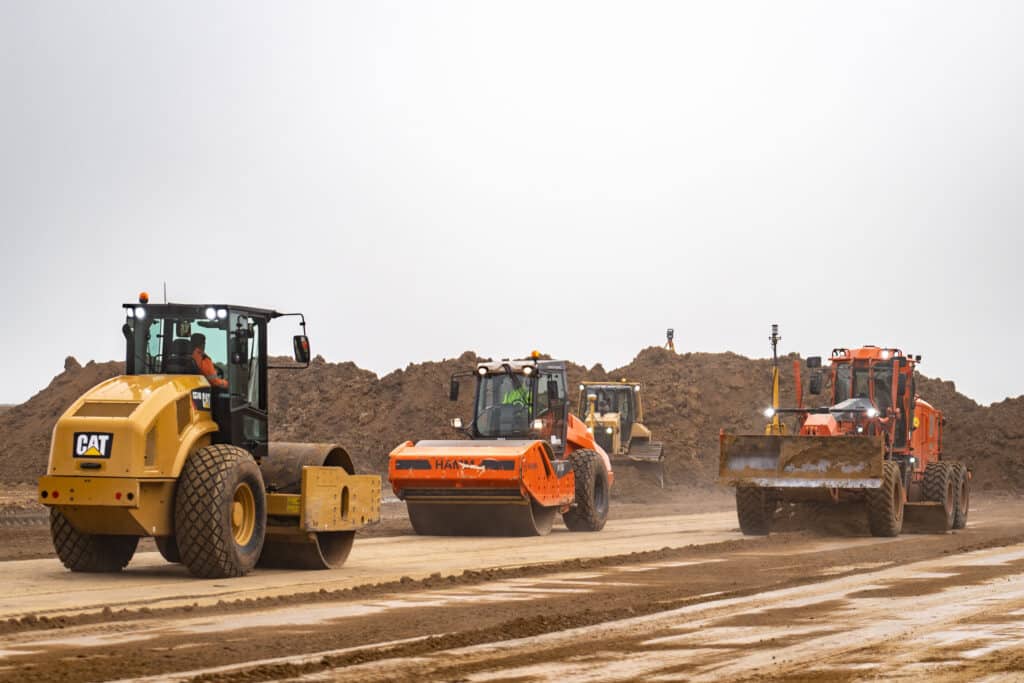
Identifying a specific energy hotspot and then quantifying this consumption through reporting is an essential process when deciding how to best switch to lower carbon-emitting alternatives or encourage behavioural change without impacting the needs of the development on site. We have installed Smart Impulse across our projects which requires the installation of a single impulse loop, in a matter of hours with no interruption to supply, to provide or a crystal-clear view of how our sites are being run.
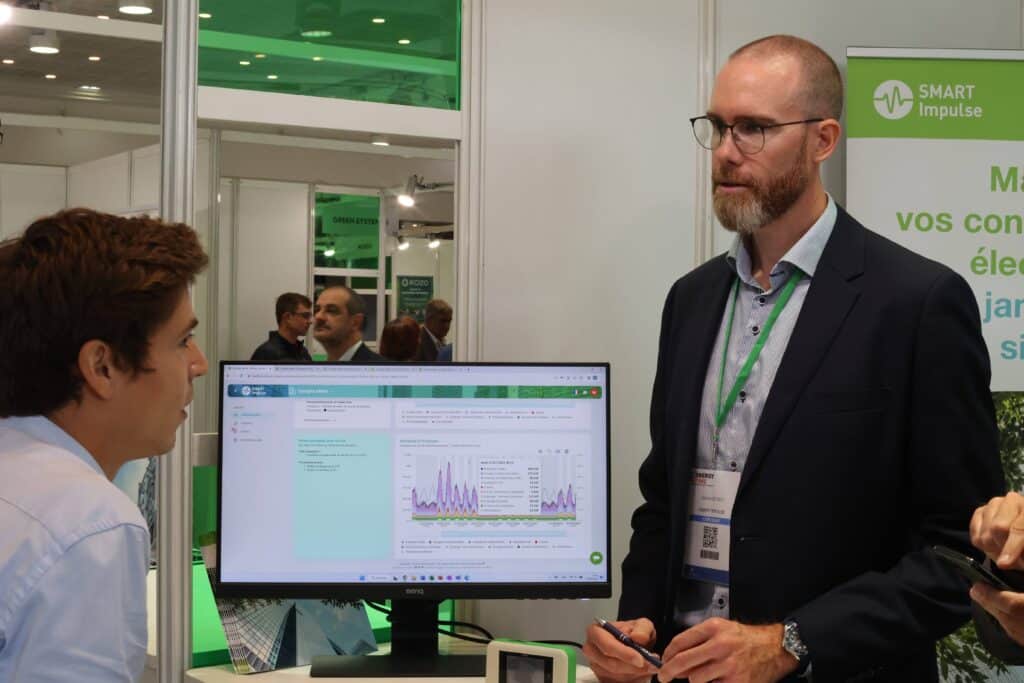
Across the business, we have installed 6 Smart Impulse systems which have allowed us to obtain a clear breakdown on usage within our offices, our welfare facilities, and our construction sites. Through the online platform which has 24/7 connection, the system identifies, and reports live on the share of energy consumed by utilities such as lighting, heating, ventilation, a crane, a photocopier or any pre-identified electrical signal from the installation.
Analysing these detailed results provides a significant source of data to better understand and change the way we operate. We have been able to identify that a large share of our consumption happens on weekends or when sites are not even in operation. Particularly, heating control is an area of concern we’re currently tackling through targeted training and communication. Through the knowledge granted by this data, we are working hard to change behaviour which will in turn reduce our energy usage, carbon emissions and costs.
AI can significantly aid monitoring and reporting processes by continuously analysing data and generating digital reports on energy usage, emissions, and sustainability metrics. For us, Gaia is another smart technology we have incorporated into a number of our sites which has improved our energy efficiency enormously. Gaia is an energy management automation sensor-based system which regulates the energy use of construction sites and their facilities, particularly site offices, by switching off non-critical feeds when relevant, negating the need for human interference to reduce energy usage.
We first trialled Gaia on our now completed Maitland Park project in 2020 and have since implemented it on two further projects, which has had a hugely positive impact on our automated energy reduction.
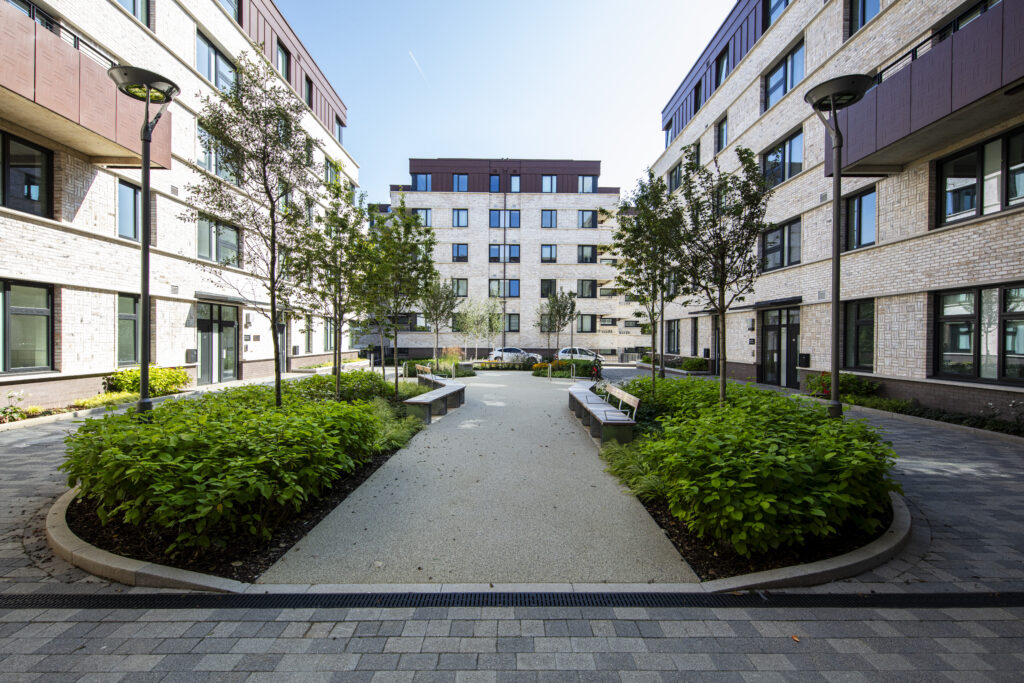
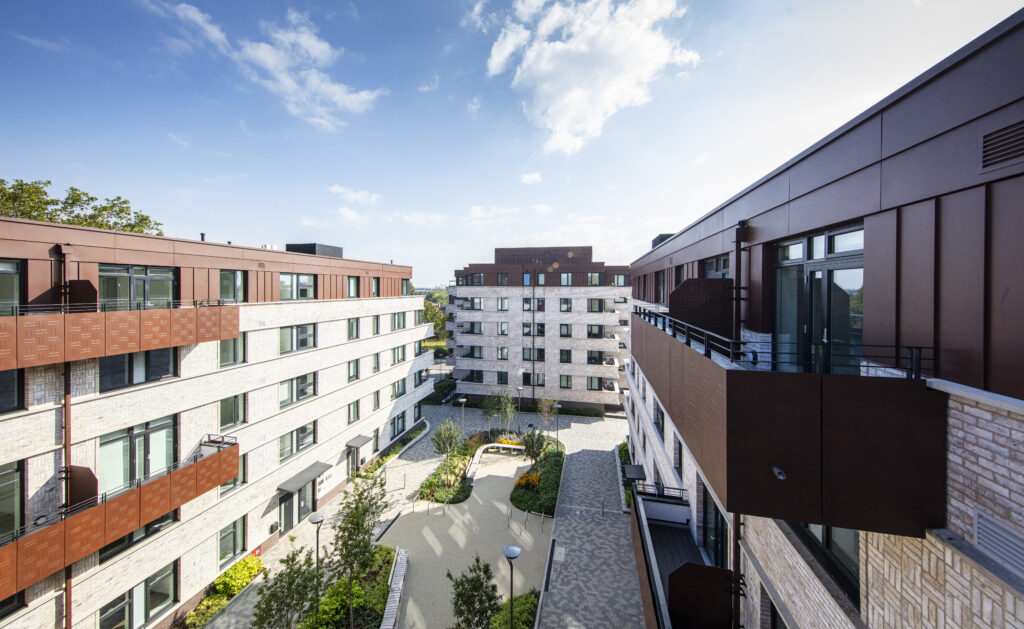
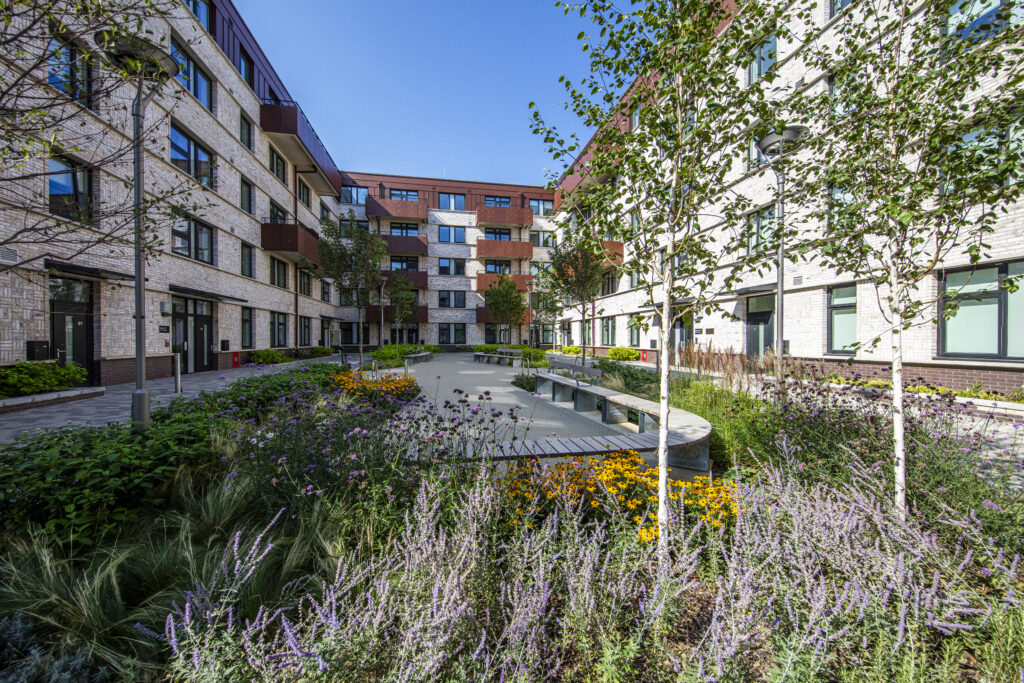
Maitland Park
On our project for Southwark Council, Peckham Library and Flaxyard, our production team carried out a base test to determine the effectiveness of Gaia’s system compared to human behaviours. After a two-week period of Gaia being installed, it was evident that its system had led to a 27% reduction in energy consumption at night-time compared to when relying on human intervention.
To conclude, it is undeniable that adapting our consumption habits through the use of AI-driven technology would bring significant benefits to the impacts of our industry, reducing carbon emissions, lowering operational costs, and increasing efficiency. The construction sector must do more to employ AI on projects to align with our government’s environmental and economic goals to foster a brighter, greener future.


